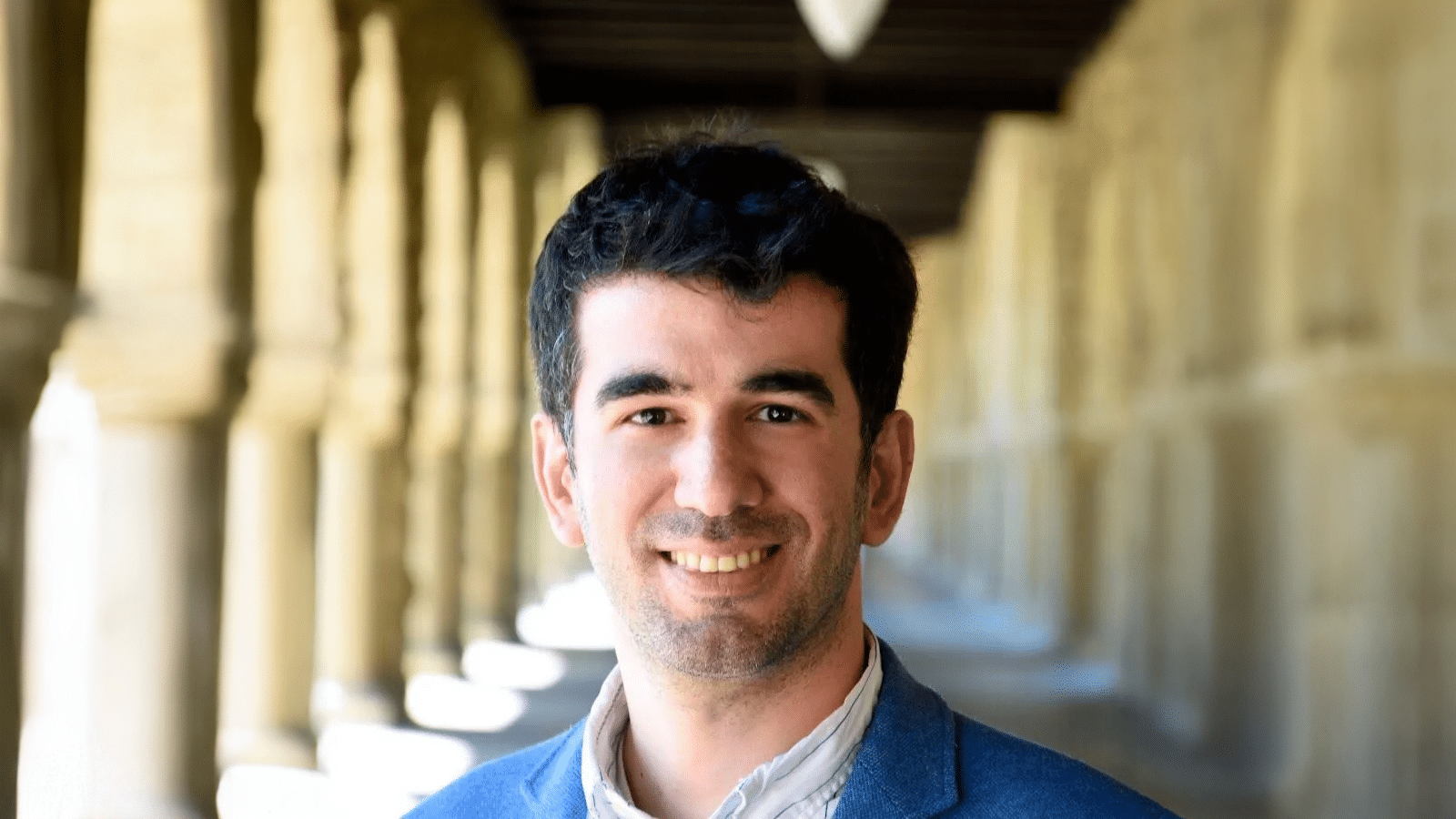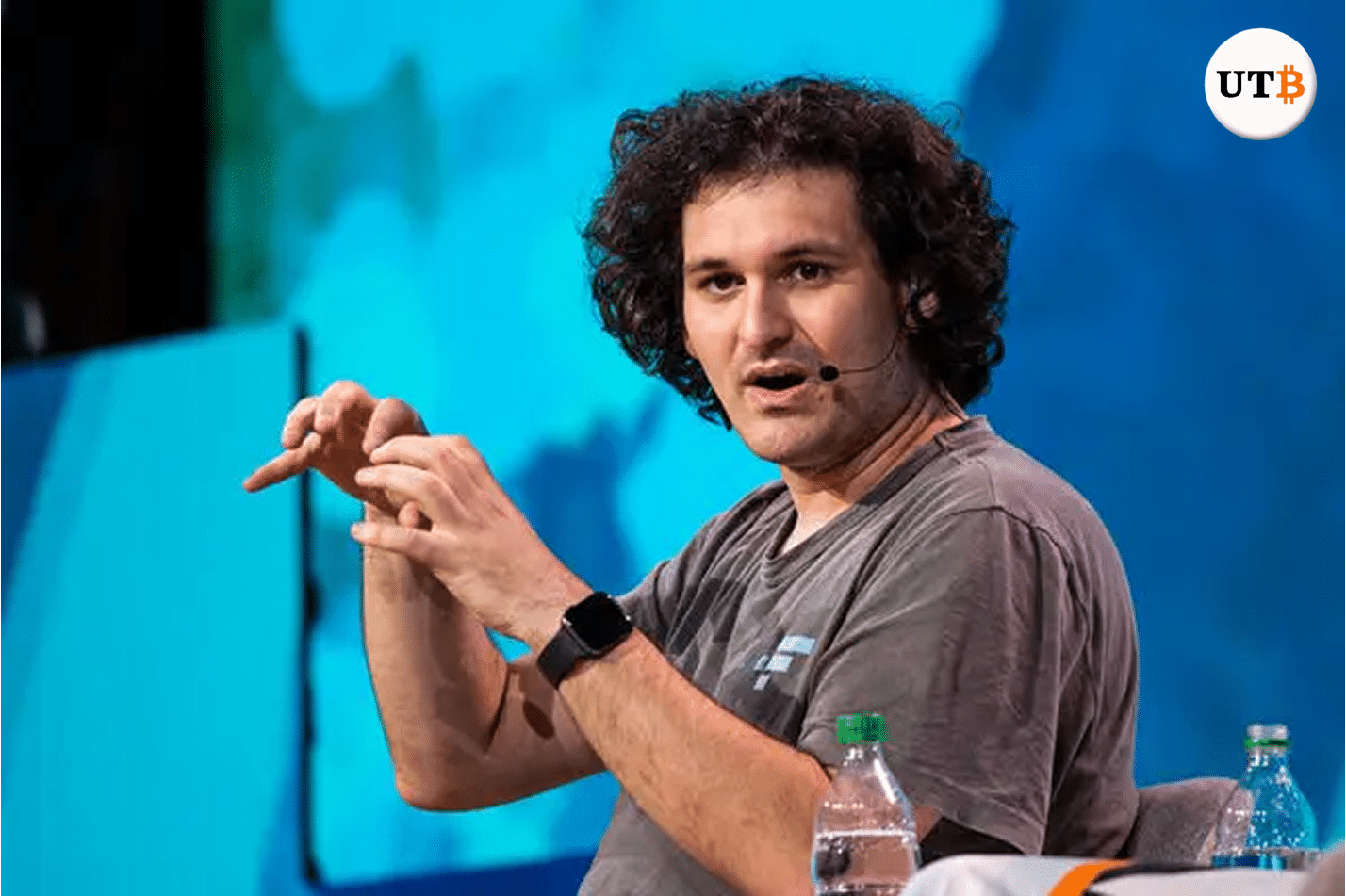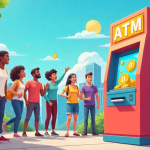Key Takeaways
- Dr. Nicolas Kokkalis founded Pi Network to make cryptocurrency easy to use and accessible to everyone through mobile mining.
- Unlike Bitcoin, Pi Network lets users mine coins on smartphones without draining battery life or using much processing power.
- On February 20, 2025, Pi Network launched its Open Network, enabling real-world use and external connections.
Who Is Dr. Nicolas Kokkalis?
Dr. Nicolas Kokkalis founded Pi Network, a cryptocurrency project that aims to make digital money easy for everyone. Unlike traditional cryptocurrencies that need powerful computers for mining, Pi Network allows people to mine coins using a mobile app without draining battery life. Kokkalis, who has a computer science and blockchain technology background, designed Pi to create a more user-friendly and widely accessible digital currency system.
Early Life and Education
Dr. Kokkalis’s path into cryptocurrency and blockchain technology started with a strong academic background. He earned a Ph.D. in Computer Science from Stanford University, a well-known school that has trained many top technology experts. His studies and research focused on distributed systems, giving him the skills and knowledge to solve the technical challenges of creating a decentralized digital currency.
The Birth of the Pi Network
In 2018, Dr. Kokkalis co-founded Pi Network to make cryptocurrency more accessible to people. At the time, mining Bitcoin required costly equipment and a large amount of electricity, making it difficult for most individuals to participate. Kokkalis wanted to create a system where anyone with a smartphone could mine cryptocurrency, making digital money available to a wider audience.
How does the Pi Network work?
Pi Network stands out because it uses a method called the “Stellar Consensus Protocol,” which is far more energy-efficient than Bitcoin’s Proof of Work system. This approach allows users to mine Pi coins on their smartphones without draining their battery or using a lot of processing power. The Pi Network app is simple to use, making it easy for more people to get involved. Because of this, the platform has gained millions of users worldwide.
Pi Network Goes Live
On February 17, 2025, Pi Network announced the upcoming launch of its Open Network, marking an important step in its growth. The Open Network officially launched on February 20, 2025, removing previous restrictions and enabling external connections. This change allowed businesses, developers, and users to start using Pi in real-life applications, helping its community grow even more.
Controversies and Criticism
Pi Network has faced some criticism and controversy in the world of cryptocurrency. Ben Zhou, the CEO of Bybit, called Pi Network a “big scam” and refused to list its token. In response, Pi Network warned users about fake Pi trading pairs on decentralized exchanges, saying these listings were not official and could be scams. Despite the doubts, many people in the Pi community still believe in the project and continue to support its growth.
Pi Network Lawsuit
A Twitter post by CryptoXD shared details about a lawsuit filed by Vincent Paul McPhillip against Pi Network co-founders Nicolas Kokkalis and Chengdiao Fan. The post mentioned that McPhillip accused them of unfairly removing him from the company and mishandling money.
It also pointed out that disagreements between Kokkalis and Fan made the work environment difficult. While the post didn’t go into full legal details, it looked into the conflict that led to a long court case, which ended with a settlement in July 2023, allowing the company to move forward.
Speculations and Rumors
Many rumors about Dr. Kokkalis and his involvement in other projects have been spread. Some people in the community have even guessed that he had a role in creating Bitcoin, suggesting he could be Satoshi Nakamoto. However, no solid proof exists to support these claims; most see them as pure speculation.
The Vision Behind the Pi Network
Dr. Kokkalis wants Pi Network to be more than just mining. His goal is a decentralized system where Pi coins are widely used for everyday transactions. Pi Network aims to become a complete blockchain with dApps and smart contracts like Ethereum. He envisions a cryptocurrency for everyone, not just tech experts. Its simple design and low energy use make it easy for newcomers to join.
The Future of the Pi Network
Pi Network’s future is unclear, but Kokkalis has a clear goal. He wants to create a digital currency that helps people, especially in developing countries, by allowing them to join the digital economy. As Pi Network moves toward launching its mainnet and possibly getting listed on exchanges, many will be watching its progress.
Dr. Kokkalis has made an impact in the crypto world with Pi Network. His focus on creating a simple and decentralized platform keeps the project moving forward. It is still uncertain if the Pi Network will reach all its goals, but Kokkalis’s work is an essential step in the growth of cryptocurrency.
Final Thoughts
Pi Network has introduced a new way to use cryptocurrency, allowing people to mine coins on their phones without needing expensive equipment. While the project has faced criticism and legal issues, it continues to grow, and launching its Open Network is a big step forward.
The future of the Pi Network is still unclear. Still, Dr. Kokkalis remains focused on building a digital currency that is easy for anyone to use, helping more people participate in the digital economy.
Check out these related articles.



























